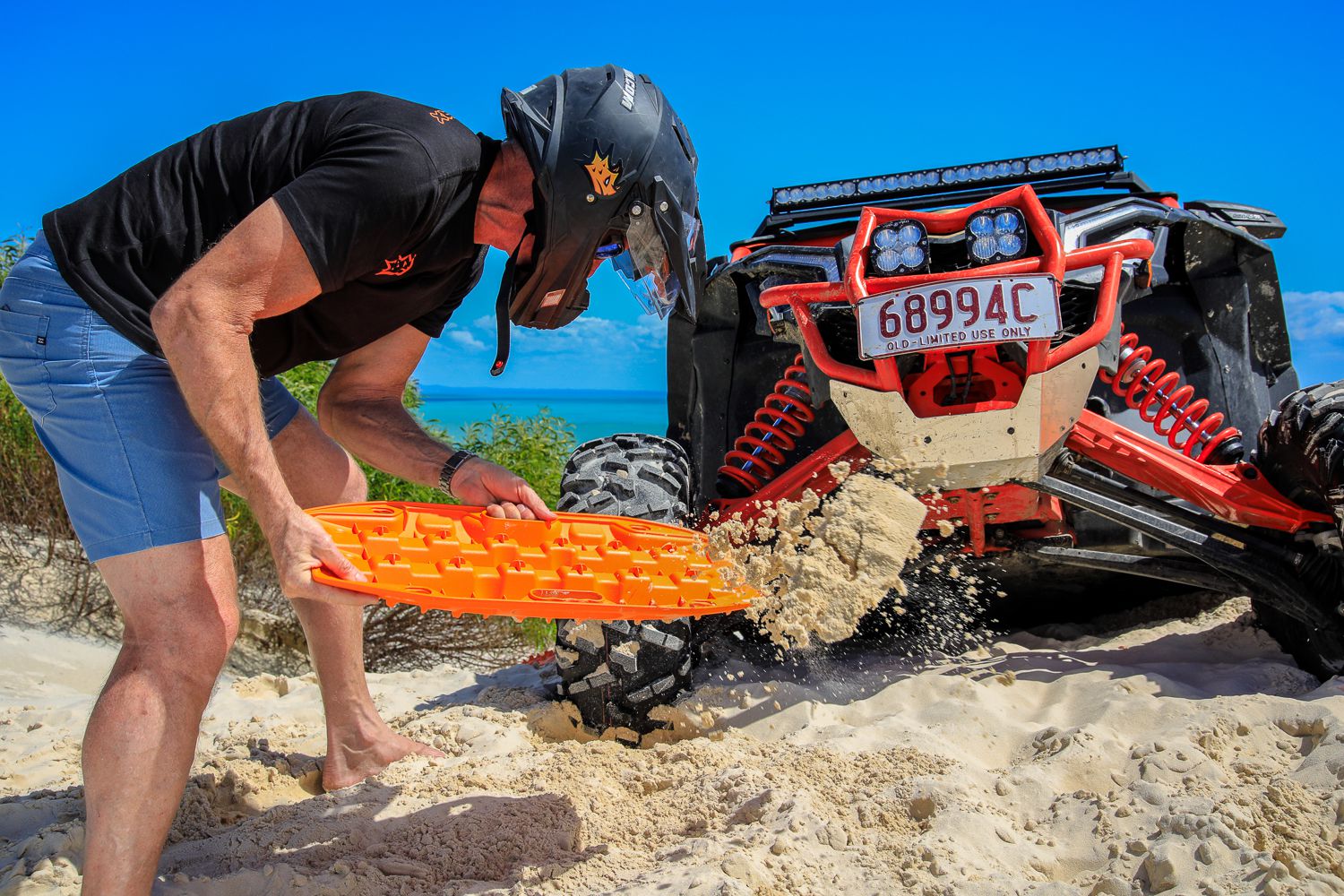Things You Should Not Do With a New Differential

Anyone in the off-road segment who has fitted larger tires on their vehicles knows the pitfalls of doing so, and have probably at one time or another considered, or actually performed, a differential overhaul and changed out their ring and pinions for different ratios.
If you have not considered doing such, the science behind it is pretty simple. When you increase the diameter of your tires, you are effectively reducing the mechanical leverage of the engine. That is why when you fit larger tires, the vehicle loses a significant amount of its performance. Not only is the engine having to try to move something larger than it usually does, larger things are also usually heavier. In order to regain the performance and economy of having a lower load on the engine, swapping out differential ratios to something more suitable for your tire size is extremely effective.
The downside to this is that the meshing of the ring and pinion gears requires tolerances measured in the thousands of an inch. Ring and pinion gears spin thousands of times a mile, and making sure they are meshed correctly is key to ensuring they last. This level of expertise does not come cheap, and labor for re-gears usually costs more than the parts themselves. A differential re-gear generally takes between five and seven hours of labor on solid/live axles, with most shop rates hovering somewhere around $100 an hour for ASE certified technicians.
With that kind of investment in making your vehicle run better, there are a few things you should never do with brand new gears until they are broken in. Engineering Explained is here to tell you how you are supposed to live your life with brand new gears.



